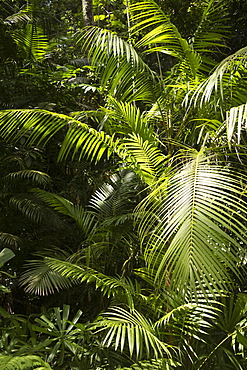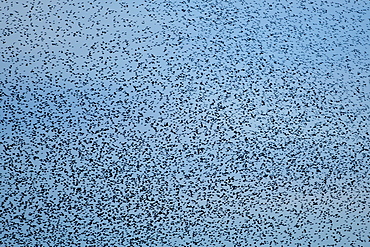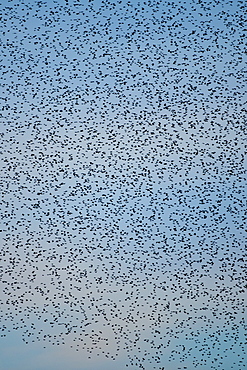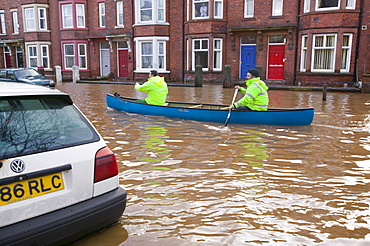Results
43 results found

A Waterpocket Fold highlighting the erosion of tilted rock layers, formed 50 to 70 million years ago, Capitol Reef National Park, Utah, United States of America, North America

Multi-million pound houses glow in the morning sunshine at Sandbanks, Dorset, England, United Kingdom, Europe
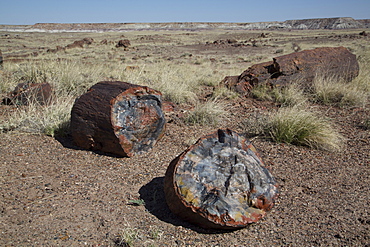
Petrified logs from the late Triassic period, 225 million years ago, Long Logs Trail, Petrified Forest National Park, Arizona, United States of America, North America
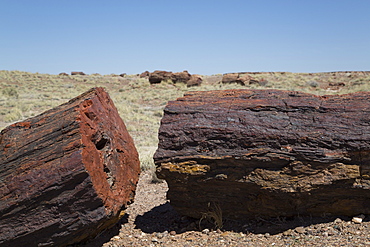
Petrified logs from the late Triassic period, 225 million years ago, Long Logs Trail, Petrified Forest National Park, Arizona, United States of America, North America
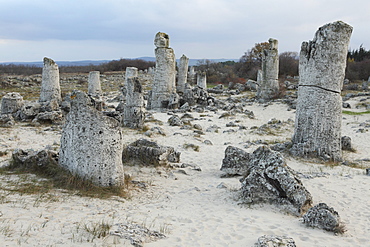
Rock formation at the 50 million year old Stone Forest (Pobiti Kamani), protected national monument, in Varna Province, Bulgaria, Europe
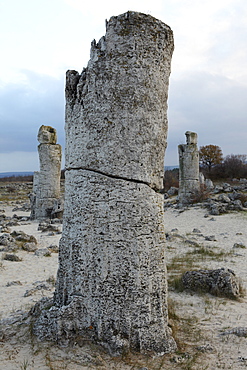
Rock formation at the 50 million year old Stone Forest (Pobiti Kamani), protected national monument, in Varna Province, Bulgaria, Europe
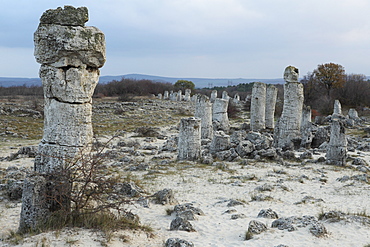
Rock formation at the 50 million year old Stone Forest (Pobiti Kamani), protected national monument, in Varna Province, Bulgaria, Europe
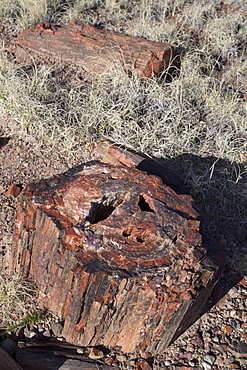
Petrified logs from the late Triassic period, 225 million years ago, Long Logs Trail, Petrified Forest National Park, Arizona, United States of America, North America
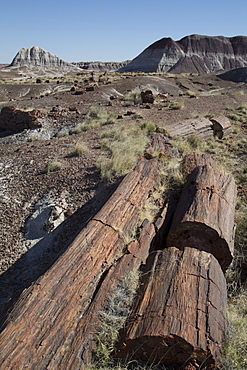
Petrified logs from the late Triassic period, 225 million years ago, Long Logs Trail, Petrified Forest National Park, Arizona, United States of America, North America
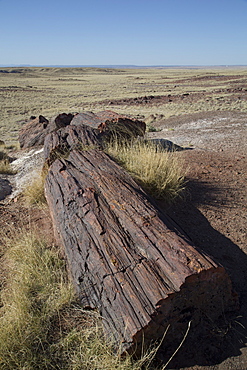
Petrified logs from the late Triassic period, 225 million years ago, Long Logs Trail, Petrified Forest National Park, Arizona, United States of America, North America
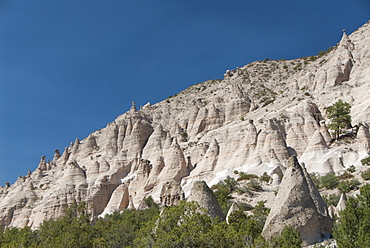
Kasha-Katuwe Tent Rock National Monument, tent like rock formations, from volcanic eruptions 6 to 7 million years ago, New Mexico, United States of America, North America
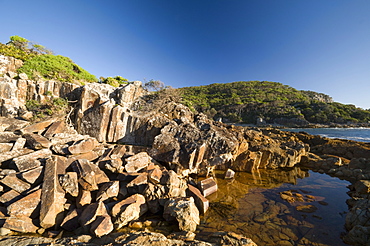
Mimosa rocks and rock pool in natural bay composed of volcanic Rhyolite rock, around 360 million years old, Mimosa Rocks National Park, New South Wales, Australia, Pacific
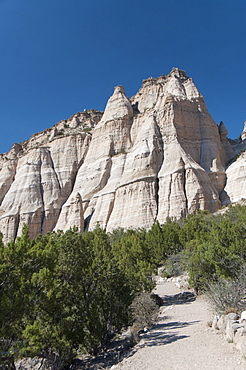
Kasha-Katuwe Tent Rock National Monument, tent like rock formations, from volcanic eruptions 6 to 7 million years ago, New Mexico, United States of America, North America
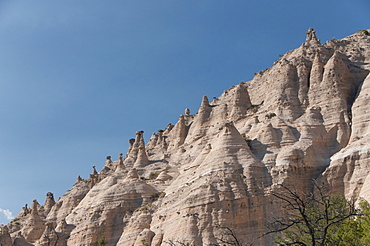
Kasha-Katuwe Tent Rock National Monument, tent like rock formations, from volcanic eruptions 6 to 7 million years ago, New Mexico, United States of America, North America
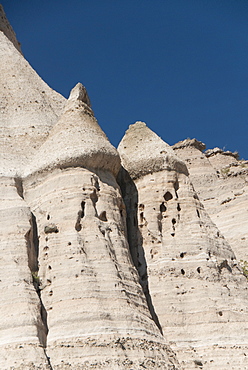
Kasha-Katuwe Tent Rock National Monument, tent like rock formations, from volcanic eruptions 6 to 7 million years ago, New Mexico, United States of America, North America

Fjadrargljufur Canyon, 100m deep and 2 km long, carved out of palagonite and lava layers by glacial river two million years ago, near Kirkjubaejarklaustur, South Iceland, Iceland, Polar Regions

Dune 45 the star dune composed of 5 million year old sand, Sossusvlei, Namib Desert, Namib Naukluft National Park, Namibia, Africa

Macy's department store, Herald Square, 151 West 34th Street, Manhattan, New York. It opened in 1902 and is the largest department store in the USA, covering 2.5 million square feet. It is a National Historic Landmark.
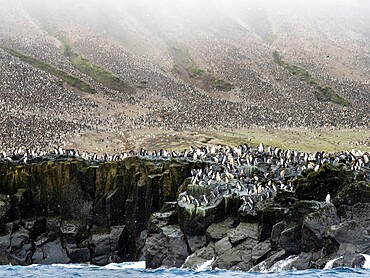
Over a million chinstrap penguins (Pygoscelis antarcticus), on Zavodovski Island, South Sandwich Islands, South Atlantic, Polar Regions
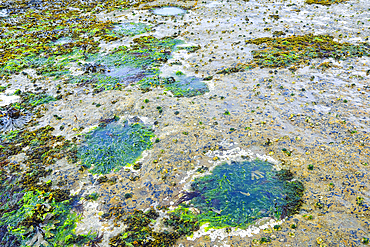
170 million year old footprints of large plant-eating Jurassic Sauropod dinosaurs, on the tidal rock platform below Duntulm Castle on the west coast of the Trotternish Peninsula, Duntulm, Skye, Inner Hebrides, Scotland, United Kingdom, Europe

Nakanoshima, Osaka, Japan. Nakanoshima Park Lawn Square. Rose garden with Skyscrapers in the background. An Island in the middle of this million town. Being an oasis with its parks and green areas.

Memorial to the Murdered Jews of Europe, opened 2005 on site of the Berlin wall, incorporating the names of 3 million murdered Jews, near the Brandenburg Gate in Mitte, central Berlin, Germany, Europe
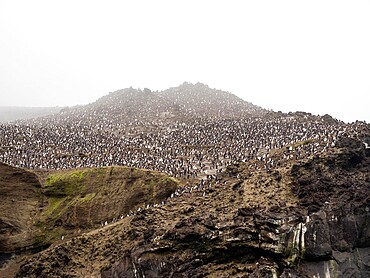
Over a million chinstrap penguins (Pygoscelis antarcticus), on Zavodovski Island, South Sandwich Islands, South Atlantic, Polar Regions

Over a million chinstrap penguins (Pygoscelis antarcticus), on Zavodovski Island, South Sandwich Islands, South Atlantic, Polar Regions

The jeep around Dune 45 composed of 5 million years of sand, Sossusvlei, Namib Desert, Namib Naukluft National Park, Namibia, Africa

Nakanoshima, Osaka. An Island in the middle of this million town. Being an oasis with its parks and green areas.
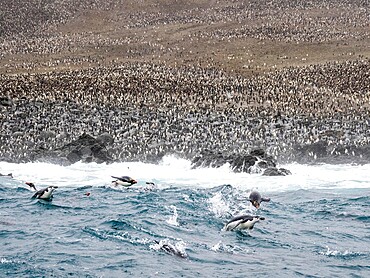
Over a million chinstrap penguins (Pygoscelis antarcticus), on Zavodovski Island, South Sandwich Islands, South Atlantic, Polar Regions

Million Dollar Staircase, State Capitol Building, Albany, New York State, United States of America, North America
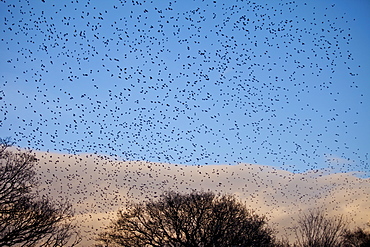
A murmuration of starlings, numbering well over a million birds, flock together to roost at dusk on the Avalon Marshes at Shapwick Heath Nature Reserve in Somerset
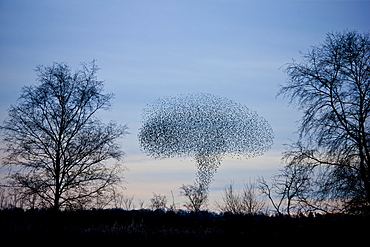
A murmuration of starlings, numbering well over a million birds, form the shape of an atomic bomb mushroom cloud as they come in to roost at dusk on the Avalon Marshes at Shapwick Heath Nature Reserve in Somerset
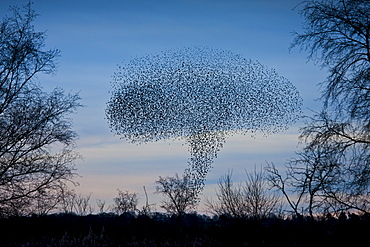
Starlings, a murmuration of a million birds, in mushroom cloud shape as they drop to roost on Avalon Marshes, UK
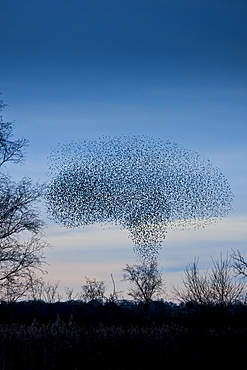
Starlings, a murmuration of a million birds, in mushroom cloud shape as they drop to roost on Avalon Marshes, UK
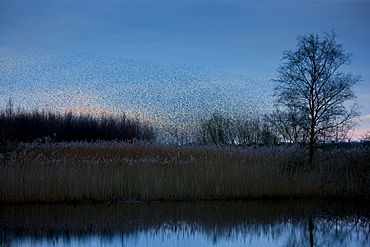
A murmuration of starlings, numbering well over a million birds, gather as a flock to roost at dusk on the Avalon Marshes at Shapwick Heath Nature Reserve in Somerset
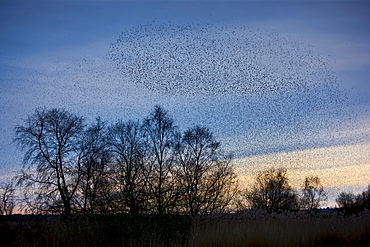
Starlings, a murmuration of a million birds gather to roost on Avalon Marshes at Shapwick Heath Nature Reserve, UK
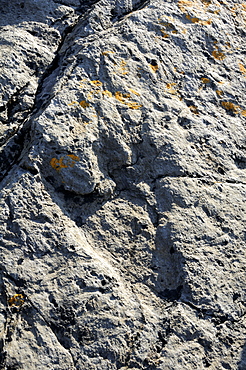
150 million year old fossilised footprint (ichnite) of theropod dinosaur in karst limestone rock, Terenes, Asturias, Spain, Europe

Part of the $300 million, 230 megawatt San Francisco hydroelectric project that extends the existing Agoyan power station in the Rio Pastaza valley, downstream of Banos, Ambato Province, Central Highlands, Ecuador, South America
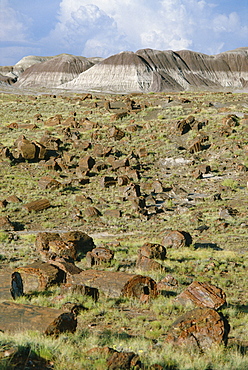
Fossil logs 200 million years old scattered over desert floor in National Park, Petrified Forest National Park, Arizona, United States of America (U.S.A.), North America
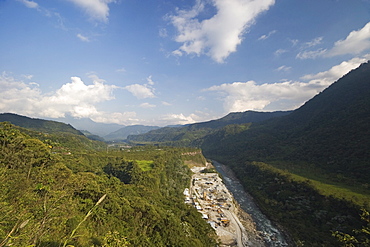
Part of the $300 million, 230 megawatt San Francisco hydroelectric project that extends the existing Agoyan power station in the Rio Pastaza valley, downstream of Banos, Ambato Province, Central Highlands, Ecuador, South America

Thanboddhay Paya, built between 1939 and 1952 by Moehnyin Sayadaw and said to contain over half a million Buddha images, Monywa, Sagaing Division, Myanmar (Burma), Asia

A yellow diamond embedded in a piece of kimberlite. Kimberlite is the igneous stone in which diamonds are found and was formed in the Earth's crust between 100 and 1000 million years ago.
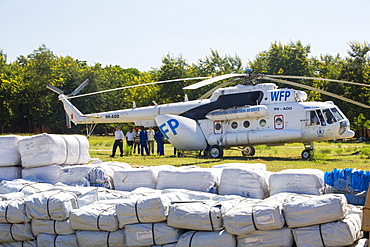
In mid January 2015, a three day period of excessive rain brought unprecedented floods to the small poor African country of Malawi. It displaced nearly quarter of a million people, devastated 64,000 hectares of land, and killed several hundred people. This shot shows A Russian Mi8 helicopter being used by the United Nations, World Food Program to deliver food aid to areas still cut off by the flooding around Makhanga and Bangula.
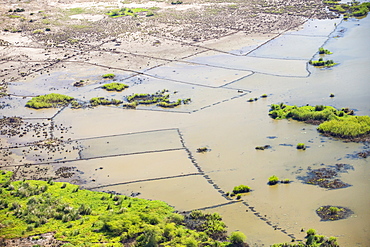
In mid January 2015, a three day period of excessive rain brought unprecedented floods to the small poor African country of Malawi. It displaced nearly quarter of a million people, devastated 64,000 hectares of land, and killed several hundred people. This shot taken from the air on a flight to Makhanga, which two months on, is still cut off by the floods when all rail and road connections were washed away, is looking down on the flood waters still sat on the flood plain, and the devastated farmland.

In mid January 2015, a three day period of excessive rain brought unprecedneted floods to the small poor African country of Malawi. It displaced nearly quarter of a million people, devastated 64,000 hectares of alnd, and killed several hundred people. This shot shows a mother and child in Chiteskesa refugee camp, near Mulanje.

In mid January 2015, a three day period of excessive rain brought unprecedented floods to the small poor African country of Malawi. It displaced nearly quarter of a million people, devastated 64,000 hectares of land, and killed several hundred people. This shot shows solar powered lamps in a refugee camp near Chikwawa.
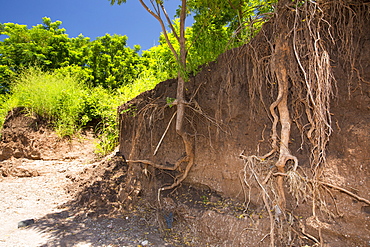
In mid January 2015, a three day period of excessive rain brought unprecedented floods to the small poor African country of Malawi. It displaced nearly quarter of a million people, devastated 64,000 hectares of land, and killed several hundred people. This shot shows tree roots exposed as the river bank was washed away near Chikwawa.
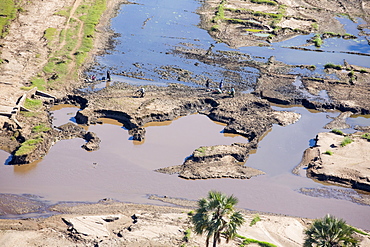
In mid January 2015, a three day period of excessive rain brought unprecedented floods to the small poor African country of Malawi. It displaced nearly quarter of a million people, devastated 64,000 hectares of land, and killed several hundred people. This shot taken from the air shows flood waters and farmland destroyed by the floods, with local farmers crossing their devastated fields.

In mid January 2015, a three day period of excessive rain brought unprecedented floods to the small poor African country of Malawi. It displaced nearly quarter of a million people, devastated 64,000 hectares of land, and killed several hundred people. This shot shows a specialist truck that takes water straight from the river and purifies it to drinking standards, which is then used in the many flood refugee camps in the Shire valley.
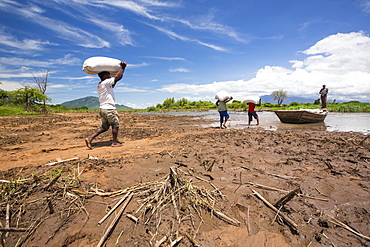
In mid January 2015, a three day period of excessive rain brought unprecedneted floods to the small poor African country of Malawi. It displaced nearly quarter of a million people, devastated 64,000 hectares of alnd, and killed several hundred people. This shot shows a food being ferried across a river near Phalombe after the bridge was washed away.
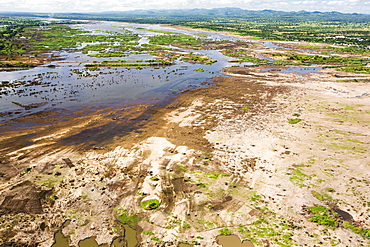
In mid January 2015, a three day period of excessive rain brought unprecedented floods to the small poor African country of Malawi. It displaced nearly quarter of a million people, devastated 64,000 hectares of land, and killed several hundred people. This shot shows the scale of the flood destruction, with ruined farmland, from the air.

In mid January 2015, a three day period of excessive rain brought unprecedented floods to the small poor African country of Malawi. It displaced nearly quarter of a million people, devastated 64,000 hectares of land, and killed several hundred people. This shot shows a railway line that was washed away in Bangula.

In mid January 2015, a three day period of excessive rain brought unprecedented floods to the small poor African country of Malawi. It displaced nearly quarter of a million people, devastated 64,000 hectares of land, and killed several hundred people. This shot shows A Medicin Sans Frontieres clinic in Makhanga testing local people for malaria, many of whom proved positive for the disease, as a result of the drying up flood waters providing ideal breeding grounds for mosquitoes.

January 2015 saw a three day period of excessive rain which brought unprecedented floods to the small poor African country of Malawi. It displaced nearly quarter of a million people, devastated 64,000 hectares of land, and killed several hundred people. This shot shows A Medicin Sans Frontieres clinic in Makhanga providing Malaria treatment drugs to local people, many of whom now have malaria, as a result of the drying up flood waters providing ideal breeding grounds for mosquitoes.

In mid January 2015, a three day period of excessive rain brought unprecedented floods to the small poor African country of Malawi. It displaced nearly quarter of a million people, devastated 64,000 hectares of land, and killed several hundred people. This shot shows displaced people in Baani refugee camp near Phalombe, preparing pumpkin flowers to eat.
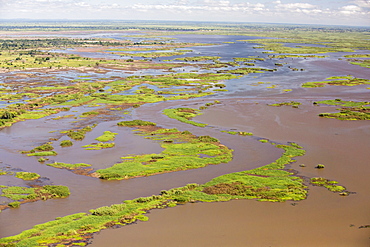
In mid January 2015, a three day period of excessive rain brought unprecedented floods to the small poor African country of Malawi. It displaced nearly quarter of a million people, devastated 64,000 hectares of land, and killed several hundred people. This shot taken from the air on a flight to Makhanga, which two months on, is still cut off by the floods when all rail and road connections were washed away, is looking down on the flood waters still sat on the flood plain.

January 2015 saw a three day period of excessive rain which brought unprecedented floods to the small poor African country of Malawi. It displaced nearly quarter of a million people, devastated 64,000 hectares of land, and killed several hundred people. This shot shows A Medicin Sans Frontieres clinic in Makhanga testing local people, many of whom now have malaria, as a result of the drying up flood waters providing ideal breeding grounds for mosquitoes.

In mid January 2015, a three day period of excessive rain brought unprecedented floods to the small poor African country of Malawi. It displaced nearly quarter of a million people, devastated 64,000 hectares of land, and killed several hundred people. This shot shows A Russian Mi8 helicopter being used by the United Nations, World Food Program to deliver food aid to areas still cut off by the flooding, around Bangula and Mkhanga.

In mid January 2015, a three day period of excessive rain brought unprecedneted floods to the small poor African country of Malawi. It displaced nearly quarter of a million people, devastated 64,000 hectares of land, and killed several hundred people. This shot shows displaced people dividing up food aid in a refugee camp near Phalombe.
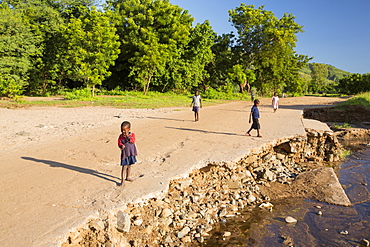
In mid January 2015, a three day period of excessive rain brought unprecedented floods to the small poor African country of Malawi. It displaced nearly quarter of a million people, devastated 64,000 hectares of land, and killed several hundred people. This shot shows a road and bridge washed away near Chikwawa.

In mid January 2015, a three day period of excessive rain brought unprecedented floods to the small poor African country of Malawi. It displaced nearly quarter of a million people, devastated 64,000 hectares of land, and killed several hundred people. This shot shows displaced children in Baani refugee camp near Phalombe.
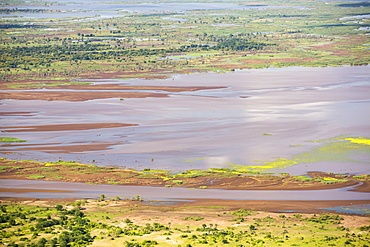
In mid January 2015, a three day period of excessive rain brought unprecedented floods to the small poor African country of Malawi. It displaced nearly quarter of a million people, devastated 64,000 hectares of land, and killed several hundred people. This shot taken from the air shows farmland buried under flood debris, and still flooded land.

In mid January 2015, a three day period of excessive rain brought unprecedented floods to the small poor African country of Malawi. It displaced nearly quarter of a million people, devastated 64,000 hectares of land, and killed several hundred people. This shot shows a drainage pipe that was washed away near Chikwawa.

In mid January 2015, a three day period of excessive rain brought unprecedneted floods to the small poor African country of Malawi. It displaced nearly quarter of a million people, devastated 64,000 hectares of alnd, and killed several hundred people. This shot shows a displaced women carrying water in the refugee camp of Chiteskesa refugee camp, near Mulanje.

The price of a brand new kalachnitkov ak47 in somalia in the 300 $, there is 2 million inhabitant in modagishiu for 1 million ak47

The price of a brand new kalachnitkov ak47 in somalia in the 300 $, there is 2 millions inhabitants in modagishiu for 1 million ak47
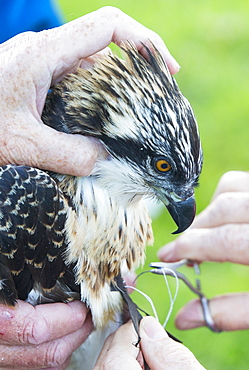
On Friday 11th July 2014, the Young Ospreys that nest on Bassenthwaite in the Lake District National Park, Cumbria, UK, are ringed and fitted with a satelite tracker. they are ringed by Pete Davis, a licensed bird ringer, and the satelite tracker is fitred by Roy Dennis. Roy is theonly person in the UK, licensed to fit satelite trackers to birds of prey. The tracing is part of the Bassenthwaite Osprey project, to see whereabouts in Africa the young migrate to, before returning hopefully to the UK to nest.Ospreys recolonized the Lake district in 2001, after an absence ovf over 150 years. In the last fourteen years of breeding over half a million people have visited the project to view these spectacular fish eating birds.
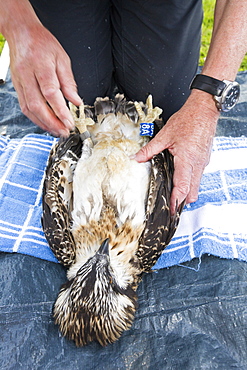
On Friday 11th July 2014, the Young Ospreys that nest on Bassenthwaite in the Lake District National Park, Cumbria, UK, are ringed and fitted with a satelite tracker. they are ringed by Pete Davis, a licensed bird ringer, and the satelite tracker is fitred by Roy Dennis. Roy is theonly person in the UK, licensed to fit satelite trackers to birds of prey. The tracing is part of the Bassenthwaite Osprey project, to see whereabouts in Africa the young migrate to, before returning hopefully to the UK to nest.Ospreys recolonized the Lake district in 2001, after an absence ovf over 150 years. In the last fourteen years of breeding over half a million people have visited the project to view these spectacular fish eating birds.
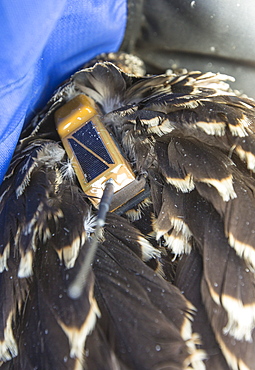
On Friday 11th July 2014, the Young Ospreys that nest on Bassenthwaite in the Lake District National Park, Cumbria, UK, are ringed and fitted with a satelite tracker. they are ringed by Pete Davis, a licensed bird ringer, and the satelite tracker is fitred by Roy Dennis. Roy is theonly person in the UK, licensed to fit satelite trackers to birds of prey. The tracing is part of the Bassenthwaite Osprey project, to see whereabouts in Africa the young migrate to, before returning hopefully to the UK to nest.Ospreys recolonized the Lake district in 2001, after an absence ovf over 150 years. In the last fourteen years of breeding over half a million people have visited the project to view these spectacular fish eating birds.
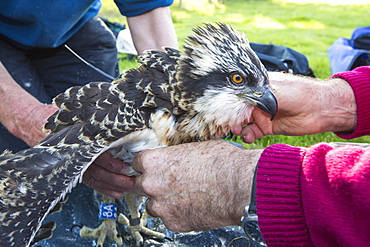
On Friday 11th July 2014, the Young Ospreys that nest on Bassenthwaite in the Lake District National Park, Cumbria, UK, are ringed and fitted with a satelite tracker. they are ringed by Pete Davis, a licensed bird ringer, and the satelite tracker is fitred by Roy Dennis. Roy is theonly person in the UK, licensed to fit satelite trackers to birds of prey. The tracing is part of the Bassenthwaite Osprey project, to see whereabouts in Africa the young migrate to, before returning hopefully to the UK to nest.Ospreys recolonized the Lake district in 2001, after an absence ovf over 150 years. In the last fourteen years of breeding over half a million people have visited the project to view these spectacular fish eating birds.

The Utah State Capitol Building, completed at a cost of 2.7 million dollars in 1916, its rotunda is 165ft tall, the building is home of the Senate and House of Representatives, Salt Lake City, Utah, United States of America (USA), North America

In mid January 2015, a three day period of excessive rain brought unprecedented floods to the small poor African country of Malawi. It displaced nearly quarter of a million people, devastated 64,000 hectares of land, and killed several hundred people. This shot shows a road bridge destroyed near Chikwawa.
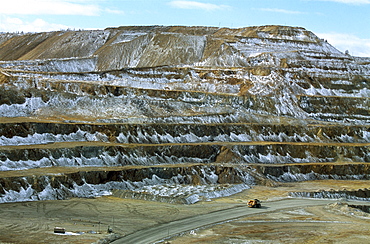
Mongolian-russian mining venture on outskirts of erdenet city, population of 80,000 dictates work as well as life in soviet -style city. 5,200 employees work at this site excavating up to 25.2 million tons of iron year

The Utah State Capitol Building, completed at a cost of 2.7 million dollars in 1916, its rotunda is 165ft tall, the building is home of the Senate and House of Representatives, Salt Lake City, Utah, United States of America (USA), North America
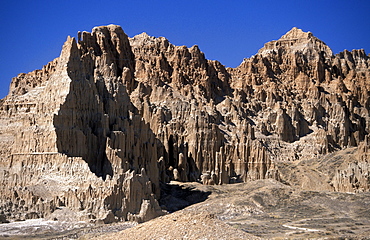
Cathedral Gorge State Park, Nevada, The Great Basin, Usaone million year old sediments have been eroded into badlands-style ridges and gullies
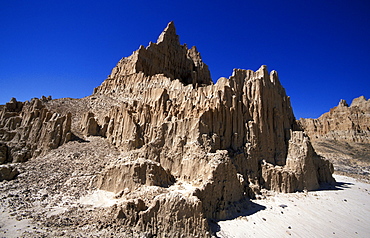
Cathedral Gorge State Park, Nevada, The Great Basin, Usaone million year old sediments have been eroded into badlands-style ridges and gullies

In January 2005 a severe storm hit Cumbria that created havoc on the roads and toppled over one million trees, Cumbria, England, United Kingdom, Europe

In January 2005 a severe storm hit Cumbria with over 100 mph winds that created havoc on the roads and toppled over one million trees, Cumbria, England, United Kingdom, Europe
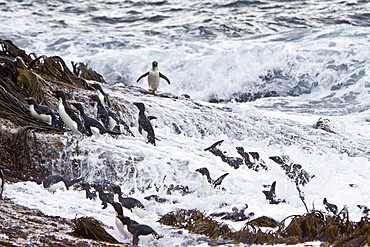
Adult Southern Rockhopper Penguins (Eudyptes chrysocome chrysocome) in the Falkland Islands. This is the smallest yellow-crested, black-and-white penguin in the genus Eudyptes. It reaches a length of 45-58 cm (18-23 in) and typically weighs 2-3.4 kg (4.4-7.5 lb), although there are records of exceptionally large rockhoppers weighing 5 kg (11 lbs). Their common name refers to the fact that unlike many other penguins which negotiate obstacles by sliding on their bellies or by awkward climbing using their flipper-like wings as aid, Rockhoppers will try to jump over boulders and across cracks. This behavior is by no means unique to this species however - at least the other "crested" penguins of the genus Eudyptes hop around rocks too. Southern Rockhopper Penguins have a global population of roughly 1 million pairs, perhaps a bit more. About two-thirds of the global population belongs to E. c. chrysocome which breeds on the Falkland Islands and on islands off Argentina and southern Chile. The Southern Rockhopper Penguin is classified as Vulnerable species by the IUCN.

Chinstrap penguin (Pygoscelis antarctica) chick head detail at colony on Useful Island near the Antarctic Peninsula. There are an estimated 2 million breeding pairs of chinstrap penguins in the Antarctic peninsula region alone, perhaps as many as 7.5 million breeding pairs in all of Antarctica. Their name derives from the narrow black band under their heads which makes it appear as if they are wearing black helmets, making them one of the most easily identified types of penguin. Other names for them are "Ringed Penguins", "Bearded Penguins", and "Stonecracker Penguins" due to their harsh call. They grow to 68 cm (27 in). The average adult weight of a Chinstrap Penguin is 4.5 kg (10 lbs). Weight can range from 3 to 6 kg (6.6-13.2 lbs), with males being slightly larger and weight varying based on where the penguin is in the breeding cycle. Their diet consists of krill, shrimp, and fish. On land they build circular nests from stones, and lay two eggs, which are incubated by both the male and the female for shifts of five to ten days. They can also breed on icebergs, though they prefer non-icy conditions. The chicks hatch after about 35 days, and have fluffy gray backs and white fronts. The chicks stay in the nest for 20?30 days before they go to join a creche. At around 50?60 days old, they moult, gaining their adult plumage and go to sea. The Chinstrap Penguin was first described by German naturalist Forster in 1781. Its specific epithet was often seen as antarctica, however a 2002 review determined the genus Pygoscelis was masculine, and hence the correct binomial name is Pygoscelis antarcticus.

In January 2005 a severe storm hit Cumbria that created havoc on the roads and toppled over one million trees, contents of flooded homes, Carlisle, Cumbria, England, United Kingdom, Europe

In January 2005 a severe storm hit Cumbria that created havoc on the roads and toppled over one million trees, flooded car showroom, Carlisle, Cumbria, England, United Kingdom, Europe
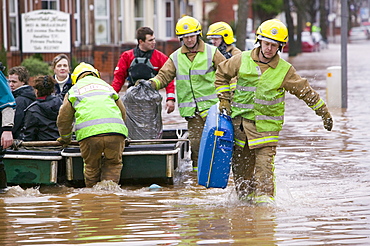
In January 2005 a severe storm hit Cumbria that created havoc on the roads and toppled over one million trees, Carlisle, Cumbria, England, United Kingdom, Europe

In January 2005 a severe storm hit Cumbria that created havoc on the roads and toppled over one million trees, contents of flooded homes, Carlisle, Cumbria, England, United Kingdom, Europe
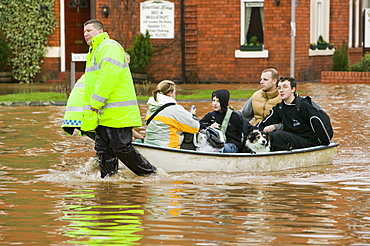
In January 2005 a severe storm hit Cumbria that created havoc on the roads and toppled over one million trees, Carlisle, Cumbria, England, United Kingdom, Europe

In January 2005 a severe storm hit Cumbria that created havoc on the roads and toppled over one million trees, contents of flooded homes, Carlisle, Cumbria, England, United Kingdom, Europe
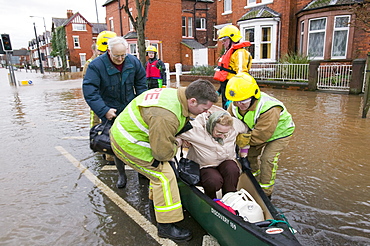
In January 2005 a severe storm hit Cumbria that created havoc on the roads and toppled over one million trees, Carlisle, Cumbria, England, United Kingdom, Europe

In January 2005 a severe storm hit Cumbria that created havoc on the roads and toppled over one million trees, Cumbria, England, United Kingdom, Europe

In January 2005 a severe storm hit Cumbria that created havoc on the roads and toppled over one million trees, Carlisle, Cumbria, England, United Kingdom, Europe
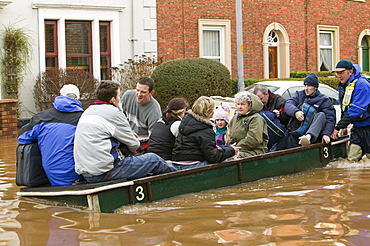
In January 2005 a severe storm hit Cumbria that created havoc on the roads and toppled over one million trees, Cumbria, England, United Kingdom, Europe

In January 2005 a severe storm hit Cumbria that created havoc on the roads and toppled over one million trees, Cumbria, England, United Kingdom, Europe

